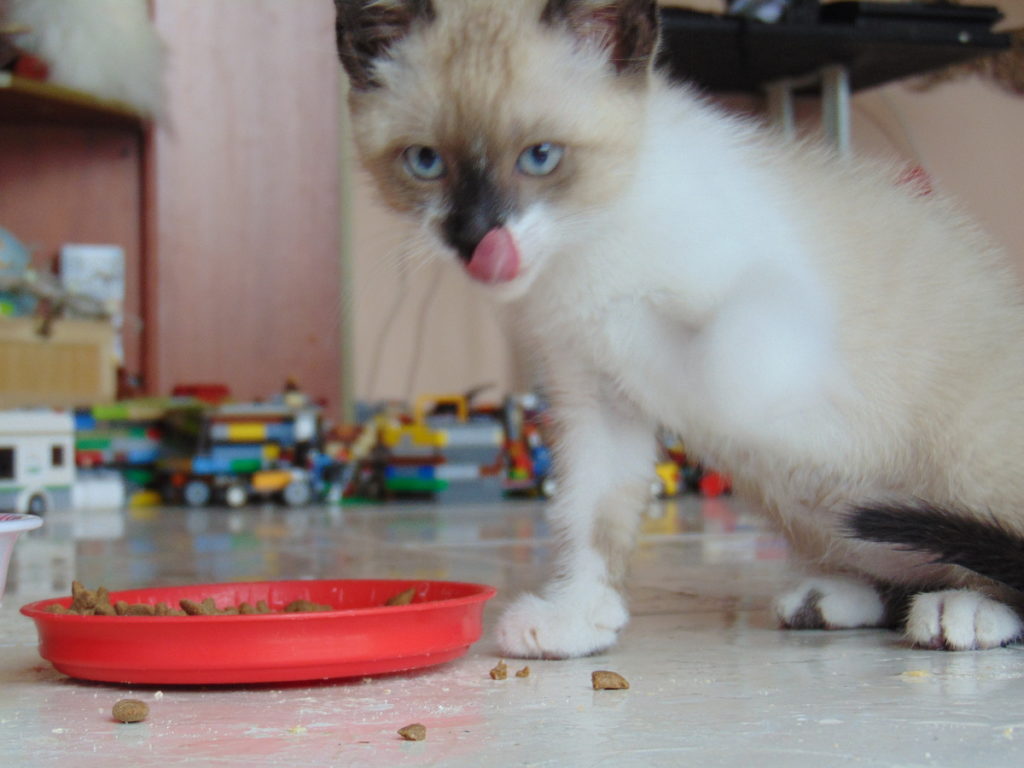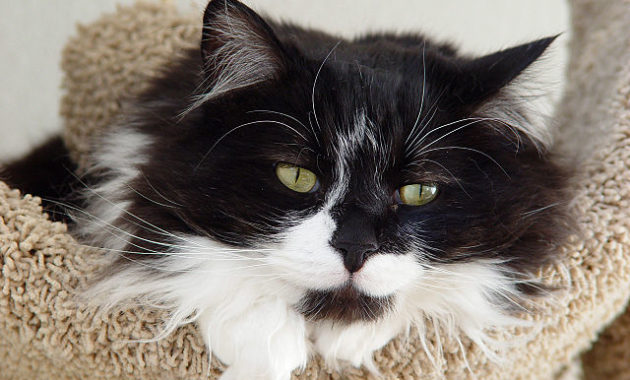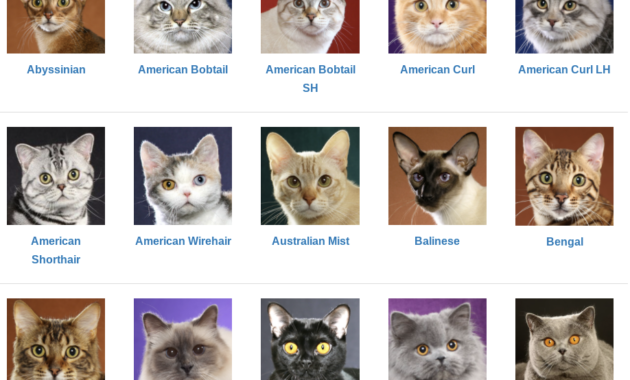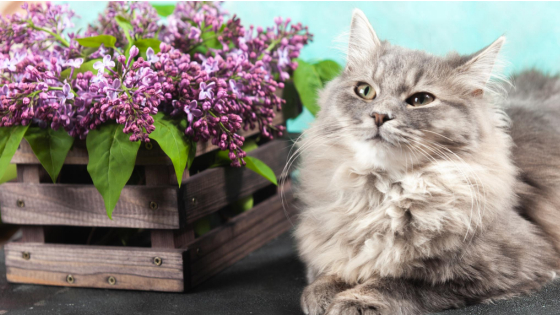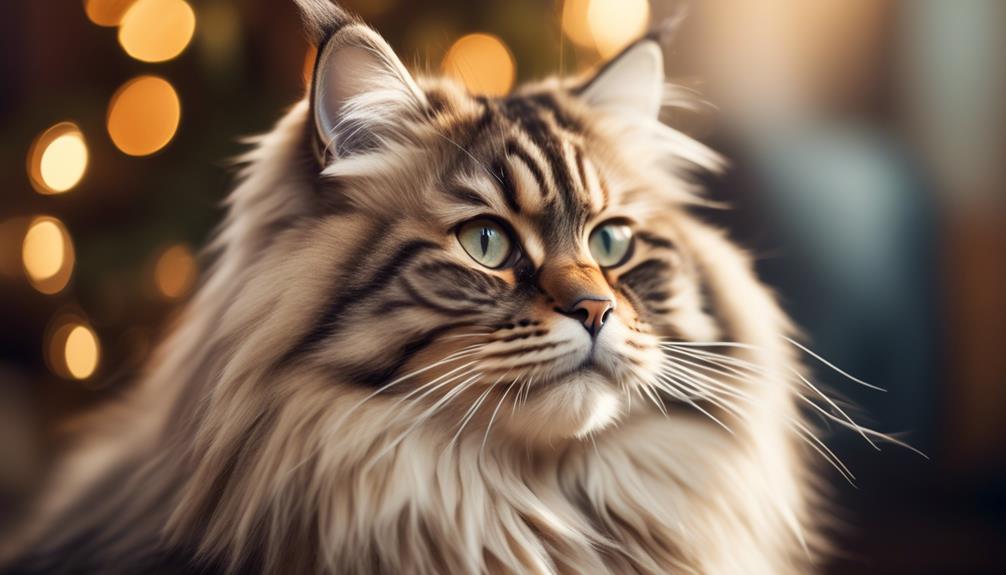
With its captivating appearance and charming personality, the Siberian cat has been gaining popularity as a sought-after breed among cat enthusiasts.
Interestingly, did you know that the Siberian cat is believed to have existed for over a thousand years and is considered one of the oldest natural breeds?
This breed has a fascinating history deeply rooted in the Siberian region of Russia.
But what makes the Siberian cat truly special?
What unique characteristics make it stand out from other cat breeds?
In this discussion, we will explore the various aspects of the Siberian cat’s breed information and characteristics, shedding light on its origin, physical traits, temperament, health concerns, and more.
So, let’s delve into the world of Siberian cats and discover what makes them so captivating and endearing.
Key Takeaways
- The Siberian cat is a medium to large breed with a thick triple coat in various colors and patterns.
- They are friendly and affectionate, making them suitable for families with children and other pets.
- Siberian cats are generally healthy but may be prone to hypertrophic cardiomyopathy and locomotor injuries.
- Regular grooming, dental hygiene, and nail trimming are important for their care.
Origin and History
The Siberian cat breed has an intriguing origin and history rooted in the frosty landscapes of Siberia, Russia.
These cats are believed to have existed for centuries, with their ancestors roaming Siberia’s forests and rural areas.
They were highly valued for their ability to survive in the harsh climate, with their thick triple coat providing insulation against the cold.
The Siberian cat’s natural hunting skills made them excellent mousers, helping to control rodent populations in the villages.
Over time, they became cherished companions and were often kept in households as pets.
It wasn’t until the late 1980s that the Siberian cat breed was officially recognized internationally, and since then, they’ve gained popularity around the world for their beauty, charm, and unique history.
See another cat breed profile.
Singapura Cat
Size and Breed Group
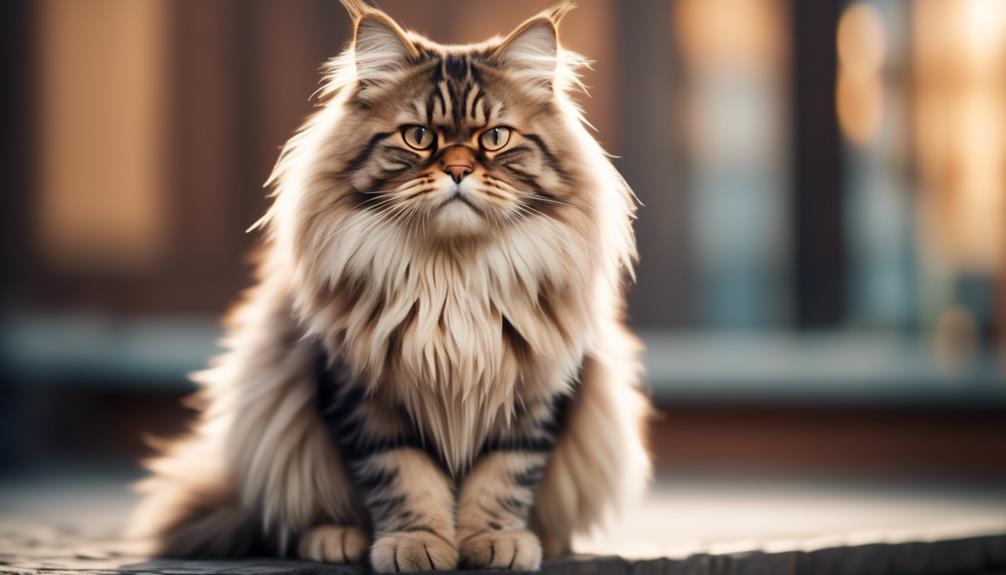
The Siberian cat breed falls into the medium to large size category and belongs to the natural breed group.
These cats typically weigh between 8 and 17 pounds, making them sturdier than smaller cat breeds.
Their size and build give them a powerful and alert appearance.
They have a modified wedge-shaped head and medium-large ears with tufts of fur, adding to their distinct look.
As a natural breed, Siberian cats have been bred for centuries without human interference, resulting in their unique characteristics and adaptability.
Their size and breed group contribute to their strength and resilience, making them well-suited for various environments and climates.
Whether living in Siberia or as beloved pets in other parts of the world, Siberian cats showcase their natural beauty and charm.
Lifespan and Health
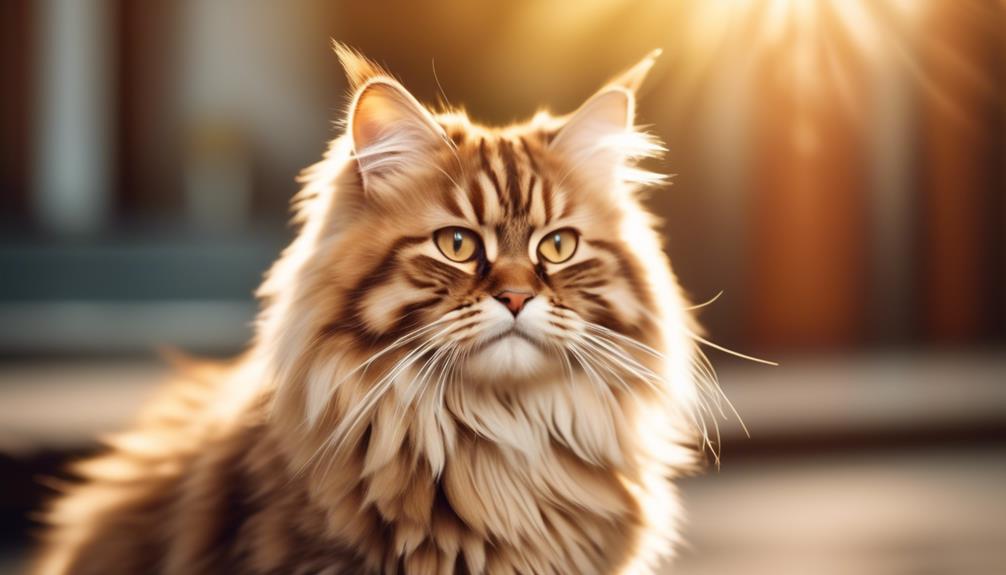
With an average lifespan of 12-15 years, Siberian cats are known for their robust health and overall well-being.
These cats have a few key characteristics that contribute to their longevity and good health:
- Natural Breeding: Siberians have been bred naturally over generations, resulting in a solid genetic foundation and fewer health issues.
- Robust Immune System: Siberian cats have a naturally strong immune system, which helps them fight off common illnesses and diseases.
- Active Lifestyle: Siberians are known for their energetic and adventurous nature, which keeps them physically fit and mentally stimulated.
These factors and regular grooming and veterinary care contribute to the Siberian cat’s reputation as a healthy and long-lived breed.
Coat Color and Grooming
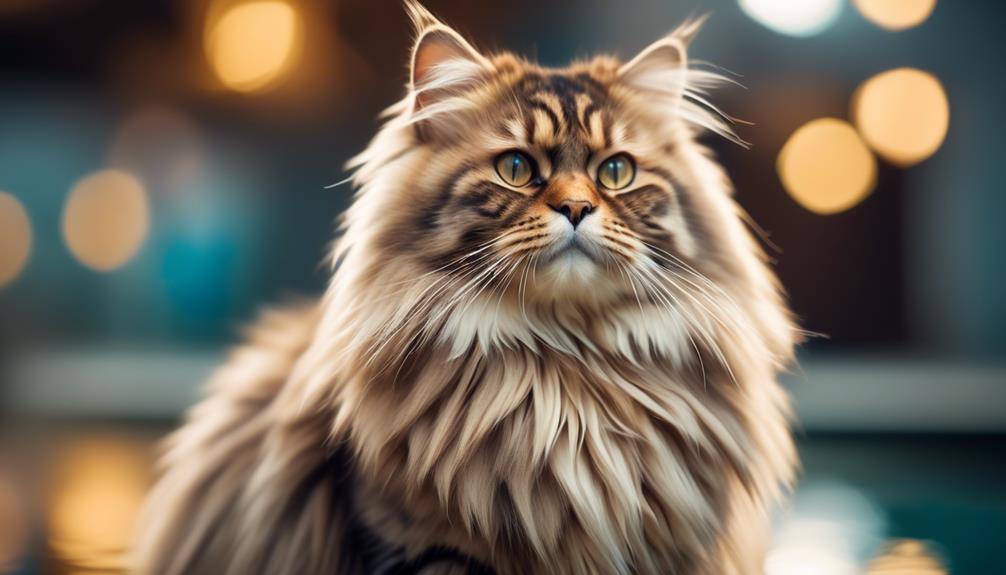
Siberian cats have a long triple coat with various colors and patterns.
Their coat consists of guard hairs, awn hairs, and a downy undercoat.
This combination creates a thick and plush texture.
The Siberian cat’s coat comes in various colors and combinations, with or without white markings.
The colors range from traditional colors like brown, tabby, and black to unique colors like silver and golden.
Some Siberian cats also have color points, similar to Siamese cats.
The coat requires regular grooming to prevent tangles and mats.
However, Siberian cats have a water-resistant jacket, so bathing is rarely necessary.
They also need regular nail trimming and ear cleaning to maintain overall hygiene.
Appearance and Physical Characteristics
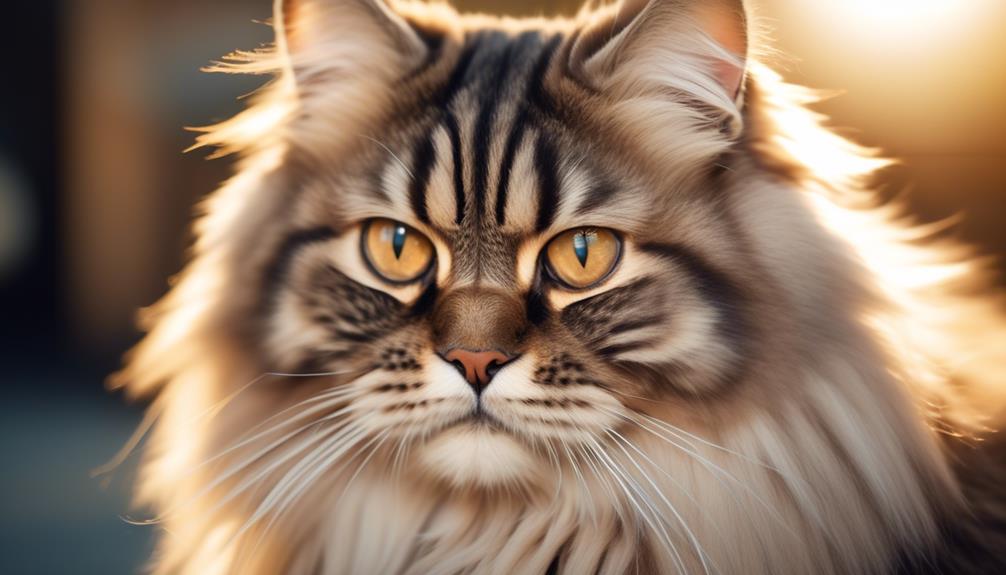
Characterized by a modified wedge-shaped head and medium-large ears with tufts of fur, the Siberian cat exudes a powerful and alert appearance.
This breed showcases several physical characteristics that make it unique and visually appealing:
- Thick Triple Coat: The Siberian cat boasts a thick triple coat comprising guard hairs, awn hairs, and a downy undercoat. This luxurious fur comes in various colors and patterns, adding to the cat’s beauty.
- Striking Eyes: Siberian cats can have green, gold, green-gold, or copper eyes, enhancing their captivating appearance.
- Sturdy Build: With a medium to large size, the Siberian cat has a strong and muscular body, giving it a robust and athletic presence.
These physical features contribute to the Siberian cat’s charm and allure, making it a favorite among cat enthusiasts.
Temperament and Family-Friendliness
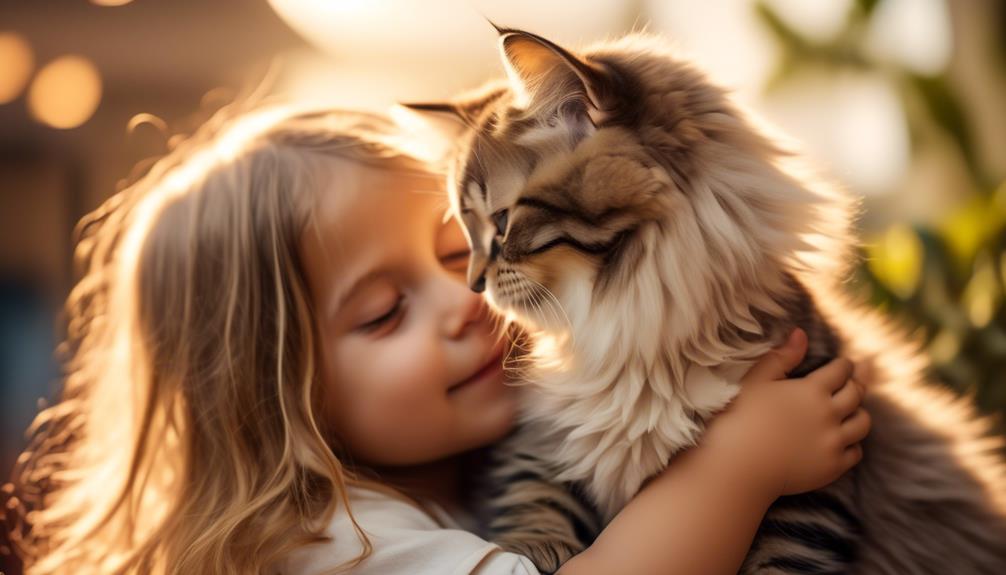
Known for their affectionate nature and tolerance towards children, the Siberian cat is an excellent choice for families seeking a friendly and family-friendly companion.
This breed is known to be affectionate with their family members and can handle heavy-handed pets and hugs from children.
They have a calm attitude towards running and screaming youngsters, making them an excellent fit for households with active children.
Siberian cats are also known to be friendly towards strangers, greeting guests with curiosity or playfulness.
They can live harmoniously with other cats and cat-friendly dogs, making them a versatile addition to multi-pet households.
Introducing pets slowly and in controlled circumstances is essential for successful integration.
Here is a table highlighting the temperament and family-friendliness of Siberian cats:
| Temperament | Family-Friendliness |
|---|---|
| Affectionate with Family | Yes |
| Kid-Friendly | Yes |
| Friendly Toward Strangers | Yes |
| Children and Other Pets | Yes |
Siberian cats are generally healthy due to their natural breeding but may be prone to hypertrophic cardiomyopathy and locomotor injuries.
Regular grooming and dental hygiene are essential for their overall well-being.
Interaction With Children and Other Pets

When interacting with children and other pets, Siberian cats are gentle and adaptable.
They’re known for their ability to tolerate children’s playful and sometimes rough behavior, making them excellent companions for families with kids.
Here are three ways Siberian cats interact with children and other pets:
- Patient and tolerant: Siberian cats have a carefree attitude towards running, screaming youngsters and are sturdy enough to handle heavy-handed pets and hugs.
- Harmonious coexistence: They can live harmoniously with other cats and cat-friendly dogs, forming strong bonds and friendships.
- Easy integration: Introducing pets slowly and in controlled circumstances is essential for successful integration. Siberian cats are generally open to meeting new pets and can adjust well to their presence.
With their friendly and adaptable nature, Siberian cats make beautiful additions to households with children and other pets.
Health Concerns and Care
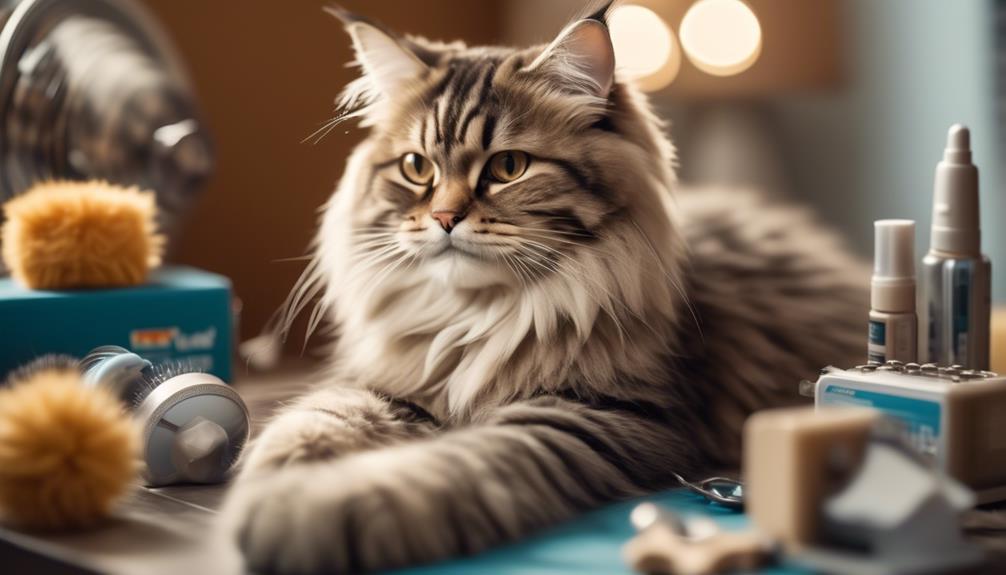
Siberian cats require regular care and attention to maintain their health and well-being.
One health concern that can affect Siberian cats is hypertrophic cardiomyopathy, which is a form of heart disease.
Due to their active and adventurous nature, locomotor injuries are also common in Siberians.
However, Siberians are generally healthy due to their natural breeding. Other health problems may occur, but they aren’t as common.
To ensure their well-being, regular grooming is necessary to prevent tangles in their thick coat.
Although bathing is rarely required, dental hygiene is essential to prevent periodontal disease.
Additionally, regular nail trimming and ear cleaning are recommended.
Hypertrophic Cardiomyopathy
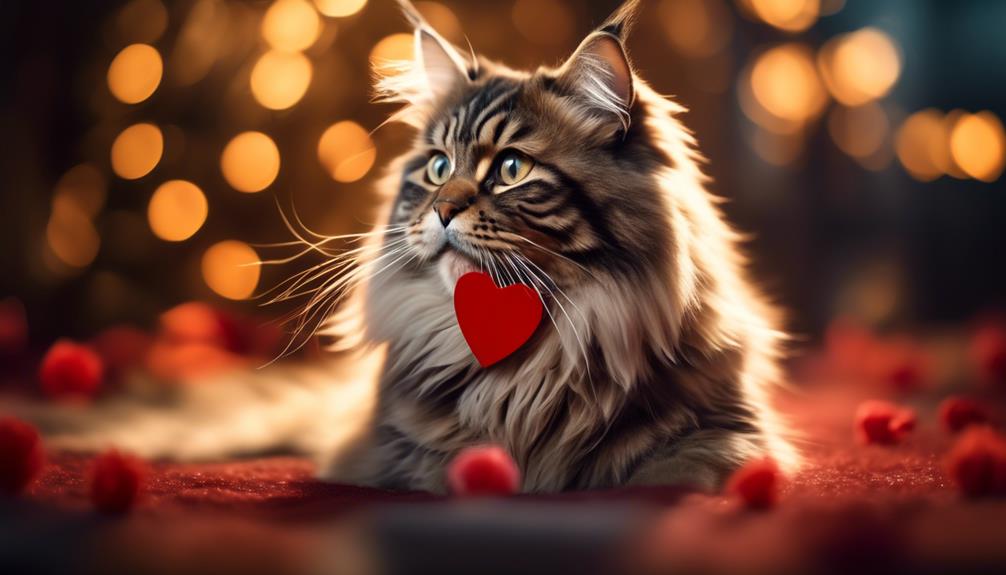
To address the potential health concerns of Siberian cats, one specific condition that owners should be aware of is hypertrophic cardiomyopathy, a form of heart disease.
This condition affects the heart muscle, causing it to thicken and become less efficient in pumping blood.
Owners must be vigilant and watch for signs of difficulty breathing, lethargy, and coughing.
Regular veterinary check-ups and screenings can help detect this condition early on.
While hypertrophic cardiomyopathy can be managed with medication and lifestyle changes, it’s important to note that it’s a genetic condition that can be passed down to offspring.
Responsible breeding practices and genetic testing are crucial in minimizing the occurrence of this condition in Siberian cats.
Locomotor Injuries
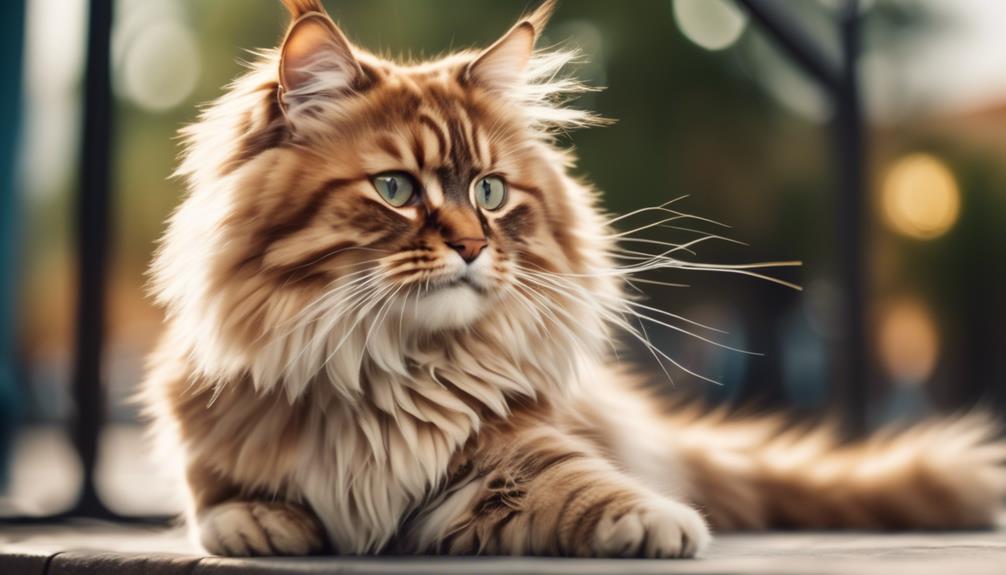
Owners should know that Siberian cats are prone to locomotor injuries due to their active and adventurous nature.
These cats love to explore their surroundings and engage in physical activities, sometimes leading to accidents and injuries.
Jumping from high places, climbing trees, and running at high speeds are all common behaviors for Siberian cats that can put them at risk of sprains, strains, fractures, and dislocations.
Owners must provide a safe and secure environment for their Siberian cats to prevent such injuries.
Regular exercise, proper supervision, and keeping potentially dangerous objects out of their reach can help reduce the risk of locomotor injuries in these playful and energetic cats.
Siberian Cat Rescue Organizations
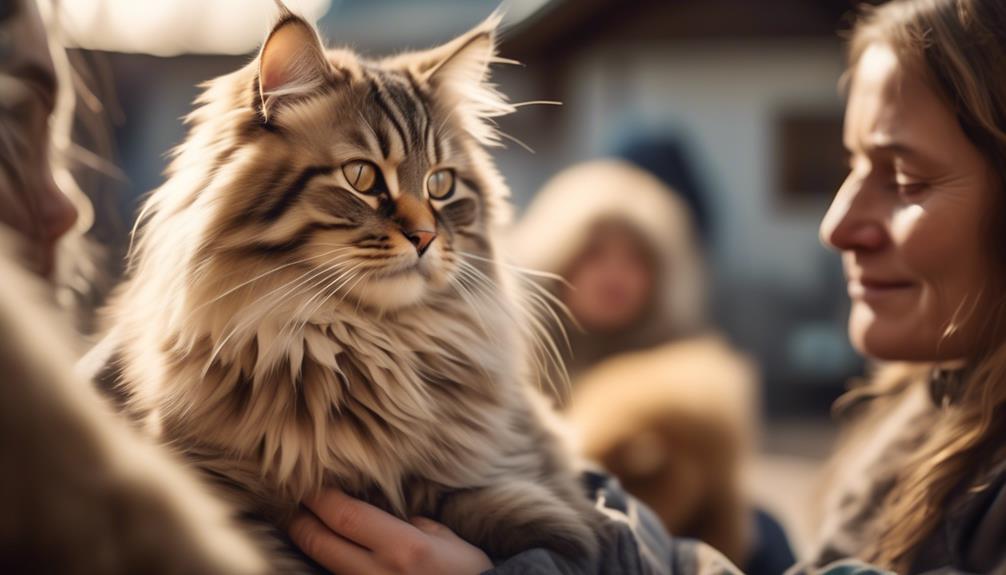
After learning about the potential locomotor injuries that Siberian cats are prone to, cat lovers need to be aware of the available resources provided by Siberian Cat Rescue Organizations.
These organizations play a vital role in rescuing and finding homes for needy Siberian cats.
Here are three reputable Siberian Cat Rescue Organizations that cat lovers can turn to:
- Siberian Cat Rescue Group: A dedicated organization that rescues and rehomes Siberian cats.
- RescueMe: Another rescue group that works tirelessly to find loving homes for Siberians in need.
- Local Animal Shelters: Many local animal shelters also have Siberian cats available for adoption, so it’s worth checking with them.
Frequently Asked Questions
Are Siberian Cats Hypoallergenic?
Siberian cats are often considered hypoallergenic due to their low levels of the protein Fel d 1, the primary allergen for cat allergies.
However, individual reactions may vary, and spending time with a Siberian cat is recommended before making a final decision.
What Is the Average Price of a Siberian Cat?
The average price of a Siberian cat can vary depending on factors such as breed quality, pedigree, and location.
Prices typically range from $800 to $2000, but it’s essential to research and find a reputable breeder.
Can Siberian Cats Be Trained?
Yes, Siberian cats can be trained. They are intelligent and can learn various commands and tricks.
Owners can successfully train their Siberian cats with patience, positive reinforcement, and consistency.
How Often Do Siberian Cats Need to Be Groomed?
Siberian cats need to be groomed regularly to prevent tangles. Bathing is rarely necessary due to their water-resistant coat.
Maintaining their dental hygiene, trimming their nails, and cleaning their ears is also important.
Do Siberian Cats Like to Be Carried or Held?
Siberian cats enjoy being carried or held, but individual preferences may vary.
They are known to be affectionate with their families and can tolerate being handled, making them great companions.
Conclusion
In conclusion, Siberian cats are a wonderful breed known for their beautiful triple coat, charming personality, and compatibility with families and other pets.
While they may be prone to specific health issues, regular grooming and proper care can help maintain their overall well-being.
For those interested in adopting a Siberian cat, reputable rescue organizations are available to provide these lovable cats with a forever home.
Add a Siberian cat to your family for a delightful and loving companion.

